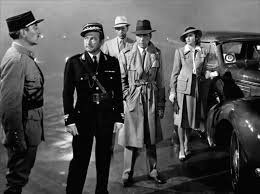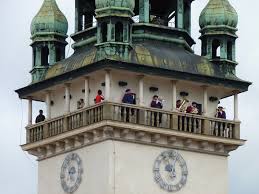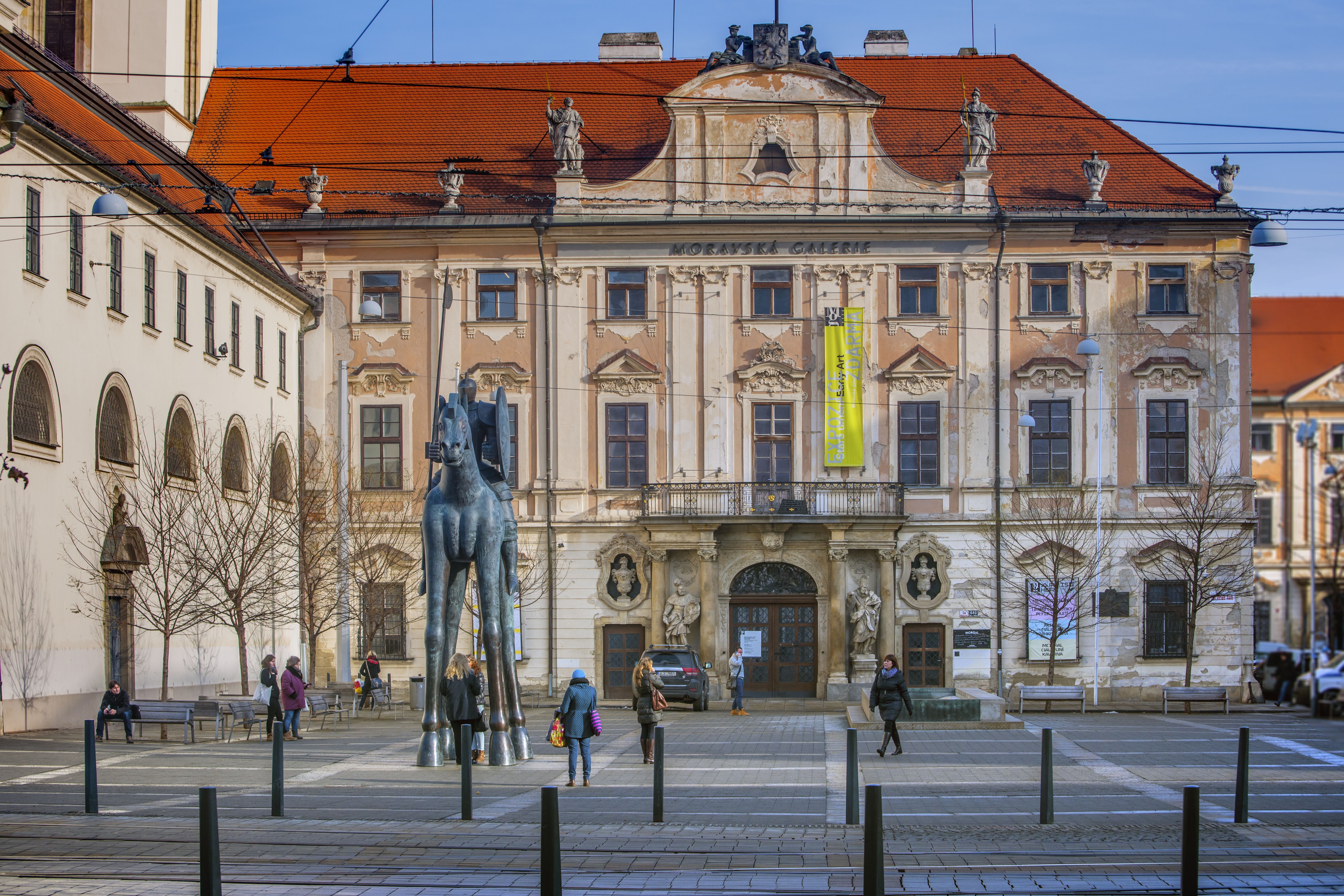Casablanca: Movie magic

“What’s your favourite movie?” is a question that I always dread, because when people find out that you write about film, they expect you to have an answer and a good reason for your choice. It’s such a useless question, and I could maybe narrow it down to a list of five hundred favourite movies, or a hundred. But then, if someone put a gun to my head and forced me to choose, I would probably pick Casablanca.
[movies-box]
I won’t get into the plot too much. It’s WWII, and Humphrey Bogart is Rick, a heart-broken saloon owner in Morocco with a dodgy past. The reason for his broken heart, Ilsa (Ingrid Bergman) walks into his gin joint one day with her husband, resistance leader Victor (Paul Henreid). He’s on the run from the Nazis, and needs some special papers – “letters of transit” – to escape to America. By chance, Rick is in possession of those papers. Cue one of the most popular love triangles in movie history…
Why is a film almost eighty years old still so popular with audiences?
It’s a timeless blend of wartime intrigue and romance, centered around Bogart’s effortless aura of silver screen icon. It is set in a colourful exotic locale among a rogue’s gallery of memorable characters, in one of the sexiest bars ever put on screen. It is ably and inobtrusively directed by Michael Curtiz who allows the drama to build organically, and represents the golden age of Hollywood at its finest – experience, character, mood, music, story – a rich tapestry of talents and influences. It’s a generous movie about love and relationships, bolstered by a rich, witty screenplay.
It has dated well compared to its contemporaries, largely thanks to a healthy combination of idealism and cynicism in the script. The cast is populated by adults, some of whom had escaped persecution or worse in Nazi-threatened Europe. The famous dialogue, which may come across as corny if taken out of context, sounds right and true coming out of their mouths.
Casablanca also endures thanks to its film noir influences. Bogart’s first iconic role came as Sam Spade in the definitive screen version of Dashiell Hammett’s The Maltese Falcon, which still informs the way detective and thriller movies look today. Both films were lensed by cinematographer Arthur Edeson, and the noirish, expressionistic lighting are especially noticable in Casablanca’s third act.
 Casablanca was Bogart’s first romantic lead, where he got to add a tender side to the tough guy persona he developed as second fiddle to James Cagney and Edward G Robinson in the Thirties. Rick became his signature role, brilliantly supported by two character actors who had made such an impact in Falcon – Sydney Greenstreet and Peter Lorre, who play Rick’s shady rival bar owner and a slippery underworld type respectively. These noir influences make it seem far more fresh and modern than something like Brief Encounter, released three years later, which seems terribly quaint and class-bound by comparison.
Casablanca was Bogart’s first romantic lead, where he got to add a tender side to the tough guy persona he developed as second fiddle to James Cagney and Edward G Robinson in the Thirties. Rick became his signature role, brilliantly supported by two character actors who had made such an impact in Falcon – Sydney Greenstreet and Peter Lorre, who play Rick’s shady rival bar owner and a slippery underworld type respectively. These noir influences make it seem far more fresh and modern than something like Brief Encounter, released three years later, which seems terribly quaint and class-bound by comparison.
I saw Casablanca for the first time when I was around sixteen, and have probably seen it at least once a year ever since – over twenty times already. And yet I’m excited about seeing it again – as the late, great film critic Roger Ebert put it: “[Casablanca] plays like a favorite musical album; the more I know it, the more I like it.” When I’m feeling a bit low, it always cheers me up. If I’m in a good mood, it buoys my spirits further. A great movie speaks to something within you, and if you make that connection with a film, it never grows old.
I think one of the reasons it still plays so well is that the themes are universal. It is a grown up’s movie, and as you get older, you eventually end up making sacrifices, compromises, and having to show courage.
When you make sacrifices and compromises, you like to think that you’re doing it for a good reason. None of the characters in Casablanca are whiter than white, but eventually end up sticking their neck out to assist a greater good – the fight against Nazism. They represent an ideal, reassurance that anyone can find it within themselves to do the right thing. In that sense, it still has something positive to say in our troubled times with nationalism on the rise in America and Europe – that the only way to defeat evil is to stand together, not pull up the drawbridge and let everyone else fend for themselves.
Lastly, Casablanca represents that elusive term “movie magic”. On paper, the story relies on a few far-fetched ideas. Firstly, there is the MacGuffin-ish letters of transit, a golden ticket to America for anyone who lays their hands on them – even someone like Laszlo, on the run from the Third Reich.
To drive the drama, we are also required to believe that Laszlo is critical to the Allies’ war effort, and that this resolute, determined man would be somehow rendered incapable of contributing to the fight without Ilsa by his side.
None of this matters once you’re actually watching Casablanca. Movie magic casts its spell, making it so easy to suspend disbelief and surrender yourself to the experience. No matter how many times I see it, I’m always surprised and satisfied by how well the movie plays out. I forget about everything I know about film theory and the critic in me slips outside for a very long cigarette break, and I’m in love with movies all over again.
***
See the movie at Kino Art on Sep 10 at 8.30 pm and on Sep 18 and 29 at 6 pm.

